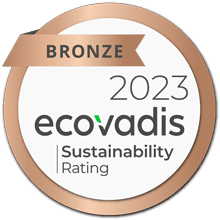Although a former Regional Executive at Nordex SE voiced concerns regarding solar PV energy and its impact on the wind turbine industry, stating that the technology is “pressing prices down” for the industry as a whole, the former Head of Sales at Senvion SA took a different stance on the matter. The former Head of Sales explained that the PTC phase-out could have an impact on the overall energy mix, predicting solar PV would “increase its share” as the costs of PV continue to decrease, but ultimately wind “will be keeping the main share” because wind power plants tend to be smaller and more efficient compared with solar PV plants. The specialist continued by stating that PV energy from companies such as SunRun and Vivint Solar are “more complementary” to wind power because although PV generation is only possible in the daylight, wind energy could essentially generate energy day and night.
Read More
Submit your email address for full access to our Research content.


